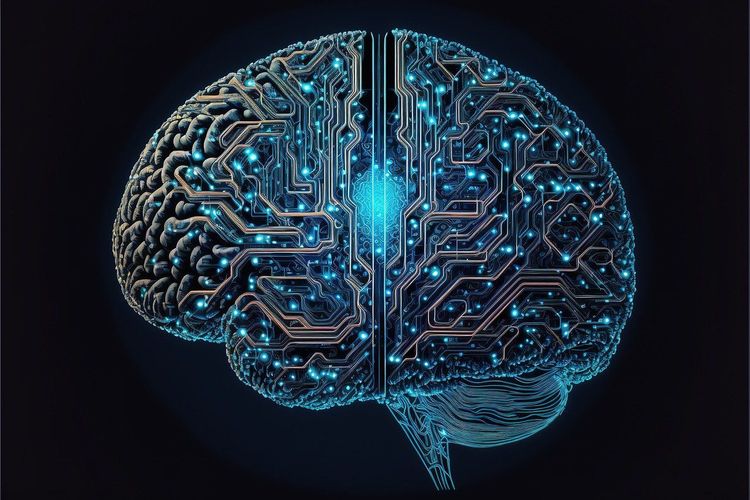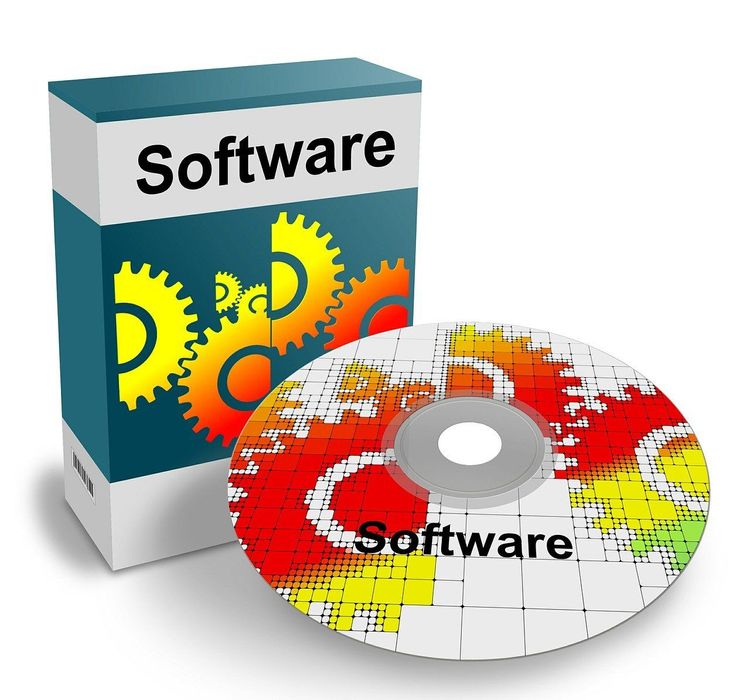Sierra Launches TAU-bench: A New Standard for Evaluating Conversational AI Agents
Sierra, an AI startup co-founded by OpenAI board member Bret Taylor and Google AR/VR veteran Clay Bavor, has introduced TAU-bench, a revolutionary benchmark to assess conversational AI performance. This tool rigorously tests AI agents on their ability to complete complex tasks through multiple exchanges with LLM-simulated users. Initial findings reveal that AI agents utilizing basic LLM mechanisms like function calling or ReAct struggle with even simple tasks, indicating the pressing need for more sophisticated agent architectures.
Developers can access the TAU-bench code on Sierra’s GitHub repository.
TAU-bench: Essential Insights
“At Sierra, our experience in deploying user-centric conversational agents has made it clear: accurately measuring agent performance and reliability is crucial for successful deployment,” says Karthik Narasimhan, Sierra’s head of research. He emphasizes that before launching an AI agent, companies must assess its effectiveness in realistic scenarios.
Narasimhan critiques existing benchmarks like WebArena, SWE-bench, and Agentbench for their limitations. While these tools can highlight an agent's high-level capabilities, they typically evaluate only a single interaction. For example:
User: “What’s the weather like in New York today?”
AI: “Today in New York, it’s sunny with a high of 75°F (24°C) and a low of 60°F (16°C).”
In practice, agents must navigate multiple dynamic exchanges to gather information:
User: “I want to book a flight.”
AI: “Certainly! Where from and to?”
User: “From Chicago to Miami.”
AI: “Got it. When would you like to travel?”
User: “Next Friday.”
AI: “Okay. Do you have a preference for departure time?” (conversation continues)
These benchmarks focus on first-order statistics like average performance but fail to measure reliability or adaptability effectively.
Key Requirements of TAU-bench
To rectify these shortcomings, Sierra established three fundamental requirements for TAU-bench:
1. Real-World Interaction: Agents must engage seamlessly with humans and programmatic APIs over extended periods to solve complex problems.
2. Complex Rule Adherence: Agents need to follow intricate policies specific to their tasks accurately.
3. Consistency and Reliability: Agents must demonstrate dependable performance at scale, providing companies confidence in their operational behavior.
TAU-bench includes various tasks, such as engaging with realistic databases and tool APIs while adhering to domain-specific policy documents. It features an LLM-based user simulator designed to create diverse scenarios for realistic interactions. Each task evaluates the agent's ability to follow rules, reason effectively, retain lengthy context, and communicate fluidly.
Key Features of TAU-bench
Narasimhan highlights four main features of TAU-bench:
1. Realistic Dialog and Tool Use: Complex user scenarios are generated using natural language, moving away from convoluted rule-based scripts.
2. Open-Ended and Diverse Tasks: The framework supports rich, detailed tasks without predefined solutions, ensuring AI agents can handle a wide variety of real-world scenarios.
3. Objective Evaluation: TAU-bench measures task outcomes rather than conversational quality, providing an unbiased assessment of an AI agent's success in achieving its goals without relying on human evaluators.
4. Modular Framework: Built like building blocks, TAU-bench easily adapts to new domains, APIs, tasks, and evaluation metrics.
How Do AI Models Perform with TAU-bench?
Sierra evaluated 12 prominent LLMs from OpenAI, Anthropic (excluding Claude 3.5 Sonnet), Google, and Mistral using TAU-bench. Results showed significant challenges, with the best-performing agent, OpenAI’s GPT-4o, achieving less than a 50% success rate across two domains.
Moreover, all tested agents displayed "extremely poor" reliability, failing to consistently resolve the same task upon repeated trials.
These insights lead Narasimhan to assert that more advanced LLMs are essential for enhancing reasoning, planning, and the complexity of scenarios. He also advocates for creating automated annotation tools and developing finer evaluation metrics to assess additional aspects of agent behavior, such as tone and conversational style.







